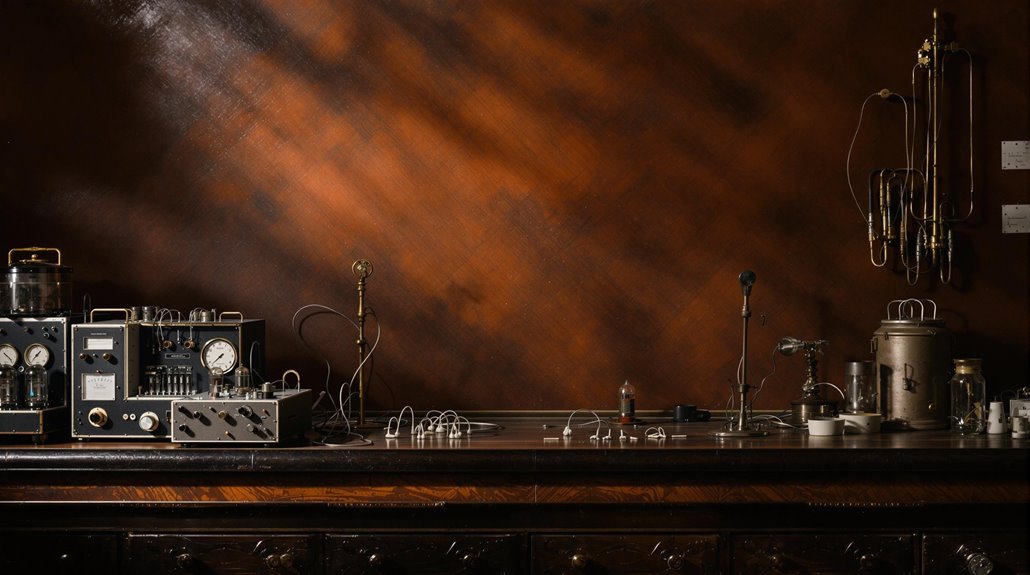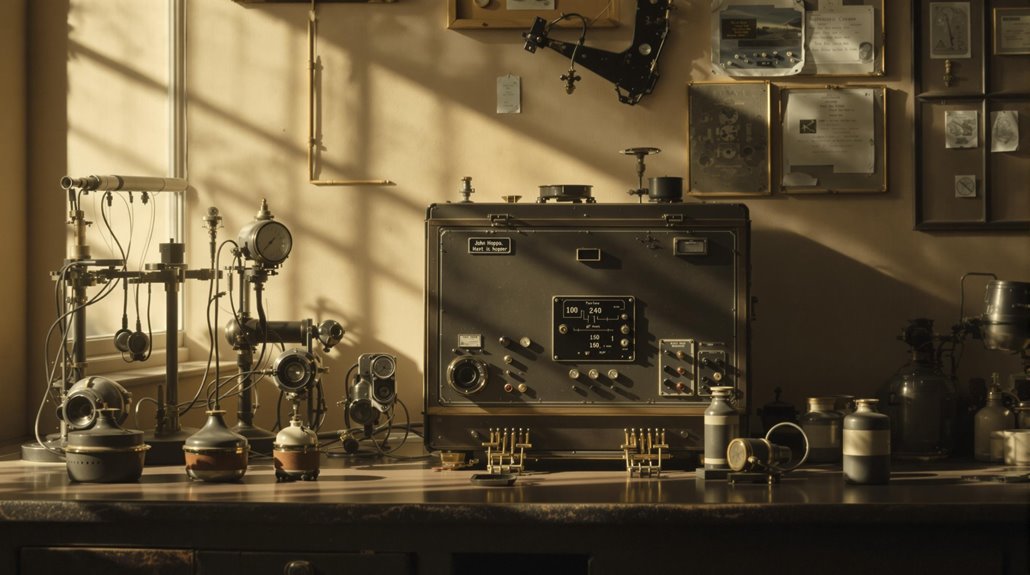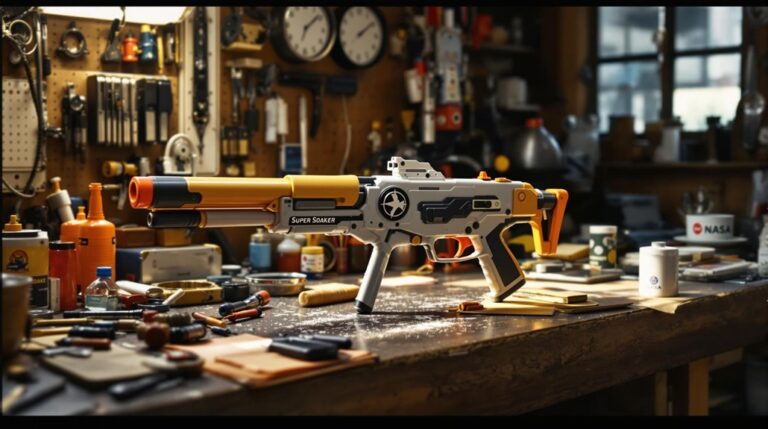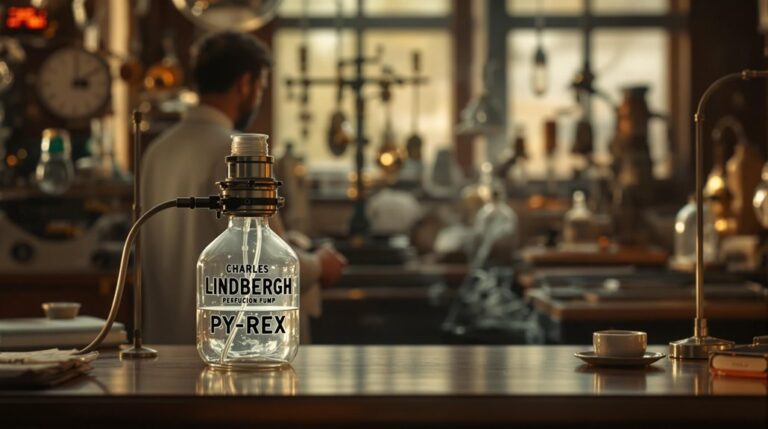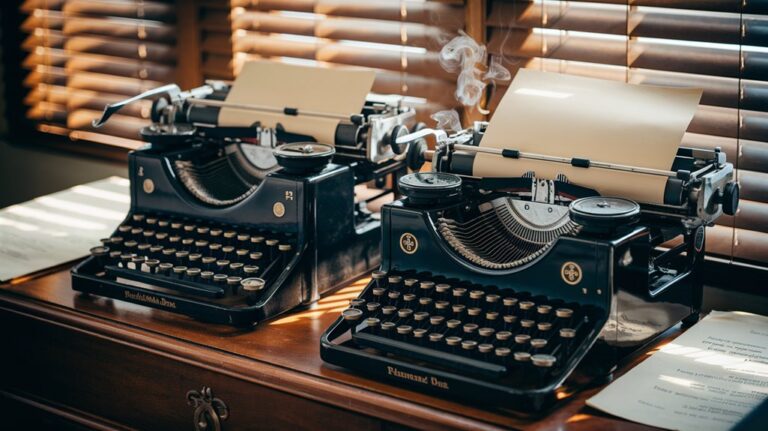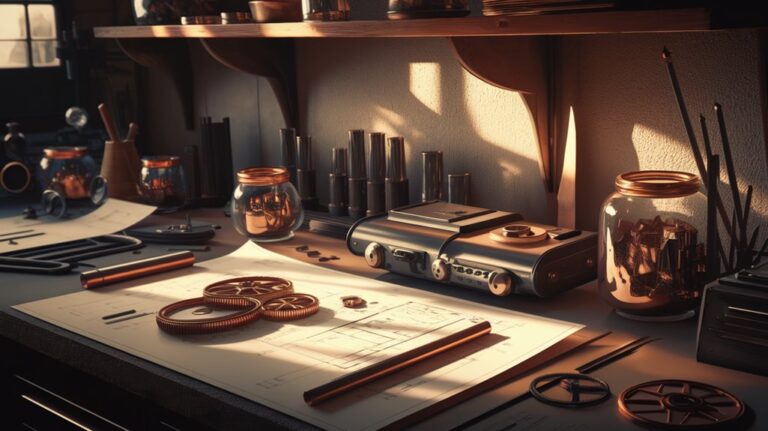The Wild Ride of John Hopps: Building a Pacemaker That Brought Hearts Back to Life
Picture a frigid laboratory in 1950, where a stopped heart springs back to life with a gentle electrical pulse. You've just stepped into the world of John Hopps, a Canadian engineer who turned a curious observation about cold hearts into one of medicine's most revolutionary devices. While you might take the steady tick of a pacemaker for granted today, this life-saving technology emerged from an unlikely combination: an electrical engineer's know-how and a surgeon's desperate need to restart frozen hearts.
From Winnipeg to National Research: The Early Years
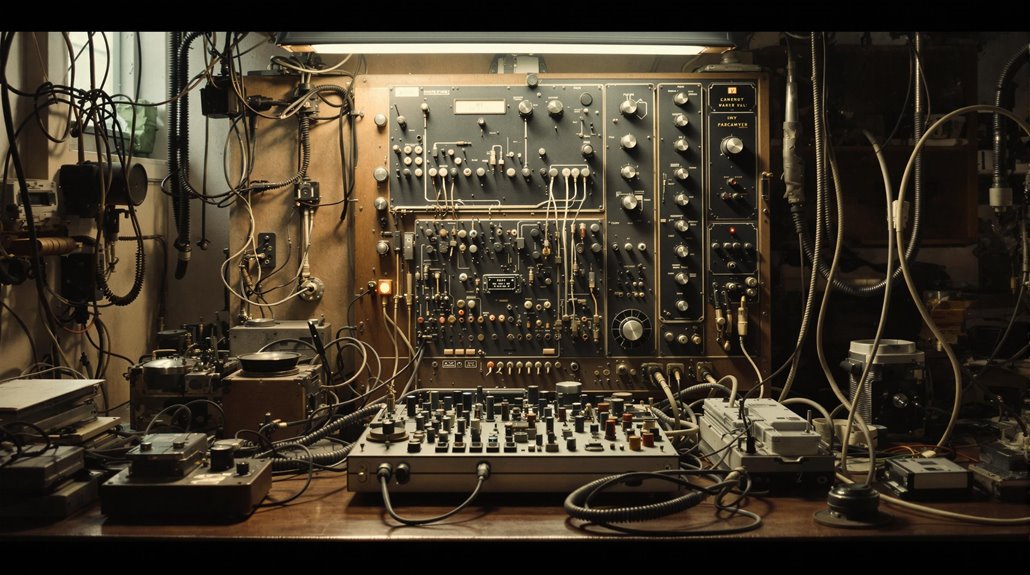
A young electrical engineering graduate from Winnipeg would unknowingly change the course of medical history. Born in 1919, John Hopps spent his formative years in Manitoba's capital city, where his Winnipeg upbringing would shape his future path in innovation.
His engineering education at the University of Manitoba laid the foundation for his remarkable career. After completing his electrical engineering degree in 1941, you'd find Hopps quickly recruited by the National Research Council's Division of Radio and Electrical Engineering in Ottawa.
While the world was at war, he dove into radar development projects, marking the beginning of his lifelong commitment to the NRC. In 1949, he began an influential collaboration when he was assigned to Dr. Bigelow. Though he'd initially focus on projects like beer pasteurization and aids for the disabled, fate had bigger plans for this Canadian innovator. His dedication to medical technology would eventually earn him recognition as the father of biomedical engineering.
A Shocking Discovery: How Cold Hearts Led to Innovation
In 1949, the trajectory of Hopps's career took an unexpected turn when he joined Dr. Wilfred Bigelow's team at the Banting Institute.
Though initially reluctant, he'd soon become part of a groundbreaking discovery while studying hypothermia effects on the heart during open surgery.
While observing that cooling slowed the heart rate and eventually made it stop, you'd think this posed a significant challenge.
His electrical engineering background from University of Manitoba proved invaluable for understanding the heart's electrical patterns.
But it's what happened next that changed everything: Hopps noticed an electrical impulse could restart a cold heart.
Through careful experimentation, the team found that continuous cardiac pacing could maintain these contractions.
This serendipitous finding led Hopps to develop the first external pacemaker at the National Research Council in 1950 – a 30-cm device using vacuum tubes and household current that would revolutionize cardiac care forever.
Their successful test on a dog confirmed the device could maintain a steady heartbeat, leading to a historic presentation at the American College of Surgeons meeting in Boston.
Building the First External Pacemaker
The first external pacemaker, built by Hopps at Ottawa's National Research Council in 1950, looked more like a small table radio than a medical device.
At just 30 cm long, this pioneering piece of medical engineering used vacuum tubes to generate pulses and ran on standard household current.
You'd be amazed at how this pacemaker technology revolutionized cardiac care.
Instead of opening a patient's chest, doctors could now thread catheter electrodes through the external jugular vein – a technique still used in modern implantable pacemakers.
When the device successfully kept a dog's heart beating regularly during its first test, it proved that electronic devices could reliably control cardiac rhythm.
The breakthrough demonstration at the American College of Surgeons meeting in Boston showed the medical world that artificial pacemakers weren't just possible – they were the future.
The team initially used pentathol and curare to prevent dogs from shivering during their groundbreaking hypothermia experiments.
Pioneering a Medical Revolution
Building the first external pacemaker marked just the beginning of a remarkable medical revolution. Through engineering collaboration at the National Research Council, John Hopps bridged the critical gap between medicine and technology, leading to unprecedented medical breakthroughs.
You'll see Hopps's influence everywhere in modern healthcare. He founded the Canadian Medical and Biological Engineering Society in 1965 and led the International Federation for Medical and Biological Engineering, establishing biomedical engineering as a respected field.
His work didn't stop at pacemakers – he pioneered ultrasound diagnostics and developed devices for the blind. Today, his legacy lives on as pacemaker technology continues saving millions of lives worldwide. His pioneering spirit remained strong even as he became a pacemaker recipient himself, benefiting from the very technology he helped create.
The achievement was so significant that it's recognized as the most important engineering advancement of the 20th century, inspiring innovations like MRI and bionic limbs.
Awards and Recognition: A Life's Work Celebrated
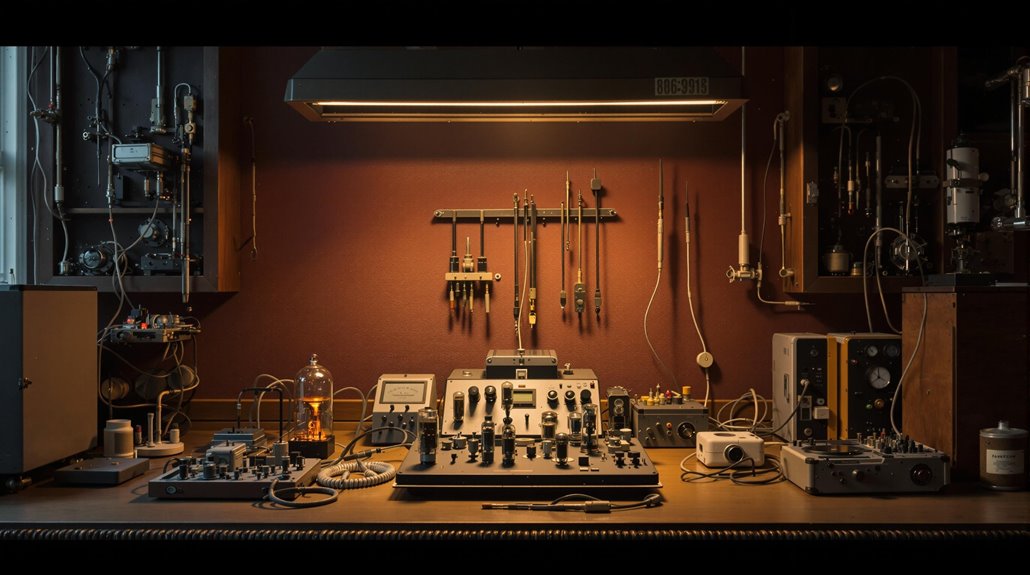
Throughout his illustrious career, John Hopps garnered numerous prestigious accolades that cemented his status as a pioneering force in biomedical engineering. His academic accolades included an Honorary Doctorate from the University of Manitoba and the Distinguished Scientist Award from the North American Society of Pacing and Electrophysiology. The IEEE Executive Committee formally recognized his achievements in 2008.
His professional milestones included being named an Officer of the Order of Canada and receiving the A.G.L. McNaughton Gold Medal from IEEE Canada.
His exceptional service as Secretary-General of IUPESM from 1985 to 1988 demonstrated his commitment to advancing global medical engineering standards.
As the "Father of Biomedical Engineering in Canada," Hopps's legacy lives on through his induction into the Canadian Science and Engineering Hall of Fame and the recognition of his pacemaker as the century's most significant engineering achievement.
His leadership in founding the Canadian Medical and Biological Engineering Society further solidified his lasting impact on medical innovation.
The Heartbeat That Changed Modern Medicine
Deep within Toronto's Banting Institute in 1950, an accidental discovery would forever change the landscape of cardiac medicine.
 John Hopps himself would later benefit from the very technology he helped create when he received a pacemaker implant in 1984.
John Hopps himself would later benefit from the very technology he helped create when he received a pacemaker implant in 1984.

